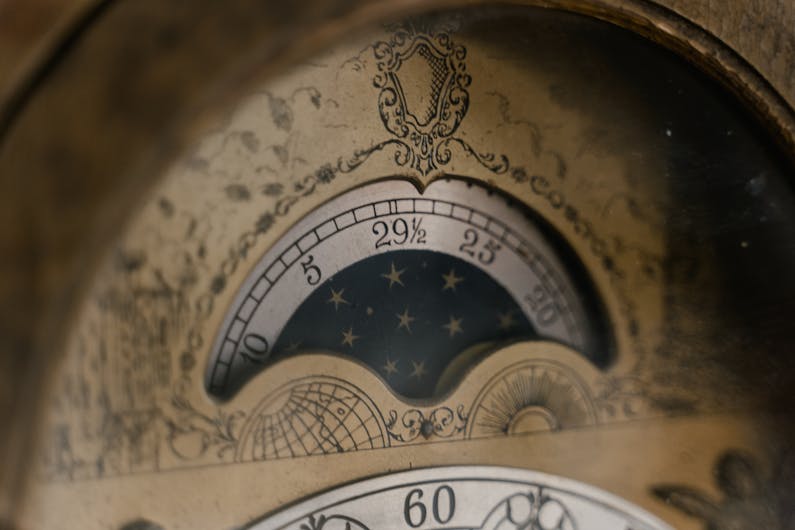Decode Astrology: Reading an Astronomical Ephemeris
An astronomical ephemeris is a critical resource for those interested in tracking celestial objects, such as the Sun, Moon, planets, and stars. It offers detailed information on the positions of these bodies over specific time periods, making it invaluable for astronomers and astrologers alike. Throughout my experience, I have relied on different types of ephemerides, including lunar, solar, and planetary tables, to gather insights for personal astrological readings and research. When constructing a natal chart, for example, a planetary ephemeris is essential.
The process of reading an ephemeris begins with identifying the relevant date, which is usually presented in a tabular format. Celestial bodies are listed alongside their positions, with their coordinates given in right ascension and declination. Right ascension, much like longitude, is measured in hours, minutes, and seconds, while declination is akin to latitude, measured in degrees, minutes, and seconds. Symbols often represent the celestial bodies, such as ☉ for the Sun and ☾ for the Moon.
Once the coordinates are known, tools like star charts or planetarium software can be used to locate the celestial body in the sky. Some helpful tools include…



0 Comments